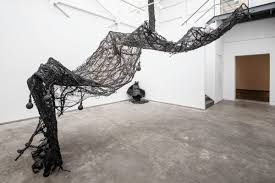
Menu

Across the globe, drawing is emerging as a powerful tool for mental health and emotional healing. Whether through structured art therapy sessions or informal sketching at home, people are turning to drawing not for perfection—but for peace.
In a time marked by rising anxiety, depression, and trauma, drawing offers a non-verbal way to express what words often can’t. Mental health professionals now widely use drawing as part of therapy, helping individuals process complex emotions, reconnect with themselves, and find calm through creativity. In countries like the UK, Australia, and South Korea, hospitals and wellness centers offer art therapy programs focused specifically on drawing.
The appeal lies in its simplicity. Anyone can pick up a pencil and start. There’s no pressure to be “good” at it. In fact, some of the most effective therapeutic drawings are abstract scribbles, symbolic sketches, or memory-based doodles. The act of drawing itself—repetitive, focused, and physical—can be meditative and grounding.
Online movements have further boosted this trend. Hashtags like #drawyourfeelings and #mentalhealthart are filled with drawings that explore topics like grief, anxiety, recovery, and hope. These communities offer both support and inspiration, reminding people they’re not alone in their struggles.
Art therapists emphasize that drawing doesn’t diagnose or replace professional treatment. But it can be a valuable companion in healing journeys. Whether used in group therapy, trauma recovery, or everyday self-care, drawing is helping people reconnect with themselves in profound and personal ways.
In today’s fast-moving, high-stress world, the pencil is becoming more than an artistic tool—it’s a lifeline.



